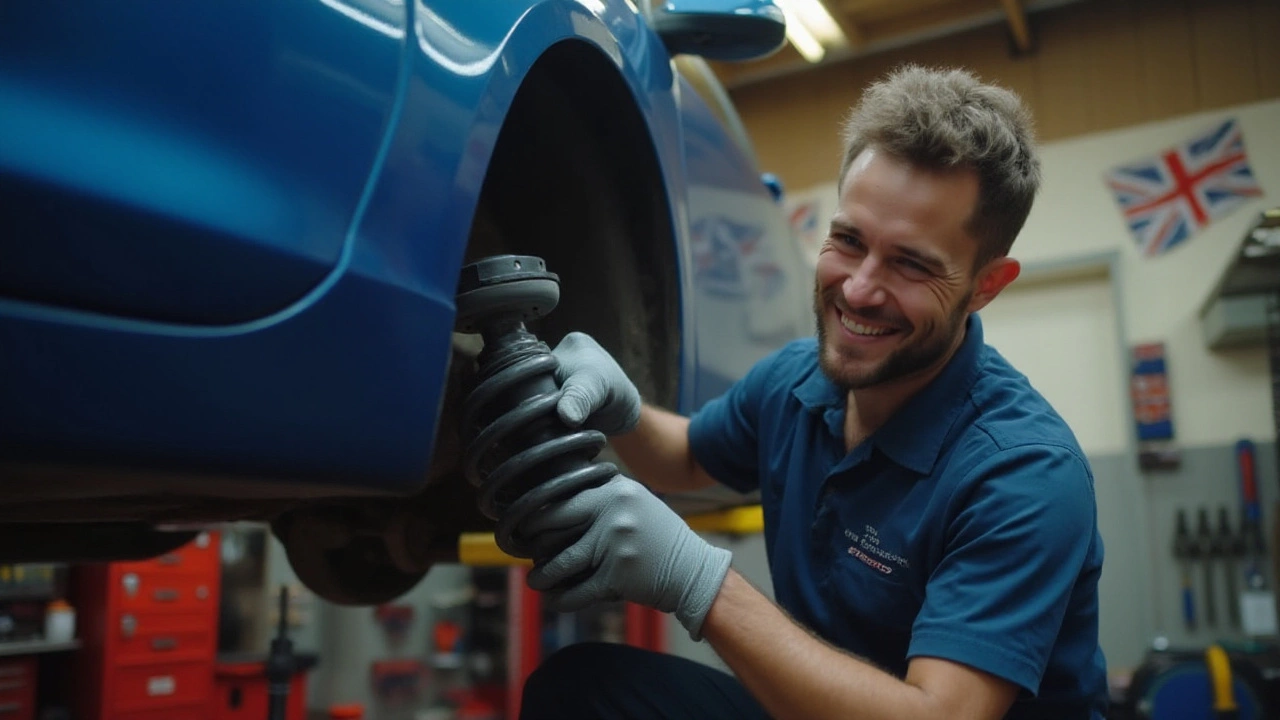Automotive Care: Keep Your Car Running Smoothly
When you think about automotive care, the set of routine checks, fixes, and part replacements that keep a vehicle safe, efficient, and reliable. Also known as vehicle maintenance, it covers everything from the tiny spark plug to the big radiator. Understanding the core pieces makes the whole process less intimidating and saves money in the long run.
Why regular automotive care matters
First off, clutch maintenance, keeping the clutch disc, pressure plate, and release bearing in good shape is a cornerstone of smooth gear changes. A worn clutch can cause jerky shifts, reduced power transfer, and costly repairs. Automotive care also encompasses brake pad health, meaning the pads that press the rotors to stop the car. When pads wear thin, stopping distances increase and you risk damaging the rotors.
Another key player is the spark plug, the small component that ignites the fuel‑air mixture in each cylinder. Bad spark plugs trigger misfires, lower fuel economy, and can even damage the catalytic converter. Pair that with proper oil change, regularly replacing engine oil to remove sludge and protect moving parts, and you dramatically cut engine wear and overheating risks.
Heat management is another piece of the puzzle. A failing radiator, the device that circulates coolant to keep the engine from boiling over can cause the engine to overheat, leading to warped heads or a blown gasket. Spotting radiator leaks or coolant loss early means you avoid a roadside breakdown. Together, these components form a web of interdependent systems: good oil protects the clutch and bearings, healthy spark plugs keep combustion clean, and a solid radiator prevents heat‑related damage.
What ties all these parts together is timing. Most UK drivers wonder how often to change brake pads or replace a clutch kit. The answer depends on mileage, driving style, and part quality. For example, daily city driving with stop‑and‑go traffic usually wears brake pads faster than highway cruising. Similarly, a sports car or one that does a lot of hill climbs will see clutch wear sooner than a commuter sedan.
Beyond schedules, there are clear warning signs you can watch for. A squealing noise when braking? That’s a classic cue that pads are near the end of life. A slipping clutch that feels like the engine revs without a corresponding speed increase? That’s your clutch disc wearing out. Rough idle, poor acceleration, or a check‑engine light often point to spark plug trouble. And if the temperature gauge climbs into the red zone, your radiator is probably struggling.
Knowing these symptoms lets you act before small issues become big bills. Many of the guides below walk you through diagnosing each problem, the tools you’ll need, and step‑by‑step fixes you can try at home. Whether you’re swapping out a clutch kit, resurfacing rotors, or simply refreshing your oil, the right prep and knowledge make DIY work doable and safe.
In short, mastering automotive care means treating each component—clutch, brake pads, spark plugs, oil, radiator—as part of a larger system that thrives on regular attention. The articles that follow dive deep into each area, offering mileage guidelines, cost breakdowns, and practical tips you can start using today. Ready to get your hands dirty and keep your car humming? Scroll down to explore the full collection of how‑to guides and expert advice.

How to Check and Maintain Your Car's Suspension Struts for Optimal Performance
Dec 31 2024 / Car MaintenanceSuspension struts are crucial in maintaining vehicle stability and comfort. This article will guide you through the process of inspecting your car's suspension struts for signs of wear or damage. It will outline what to look for, how to conduct a basic check at home, and when to consult a professional mechanic. Whether you're a car enthusiast or just looking to extend the life of your vehicle, these tips will help ensure a smoother ride.
VIEW MORE